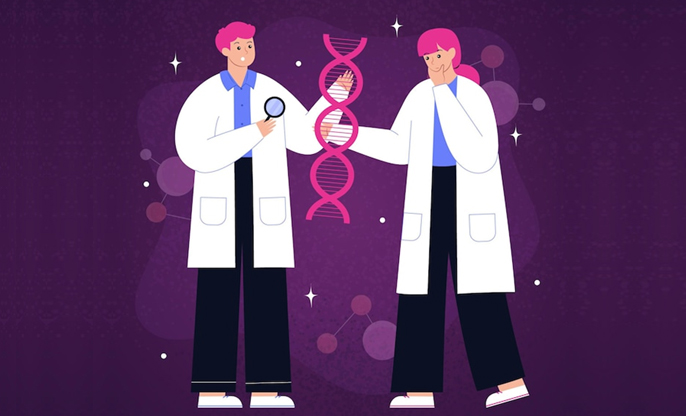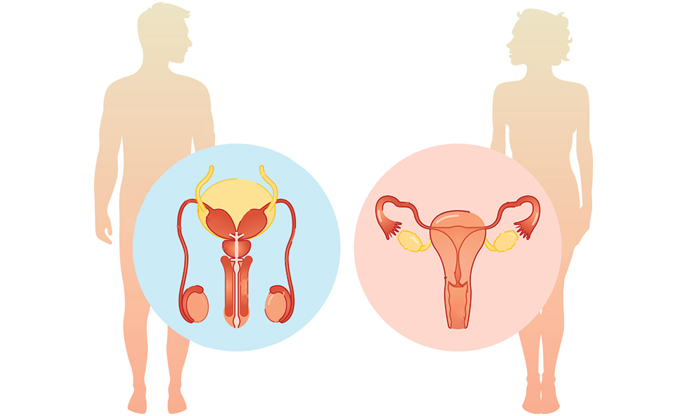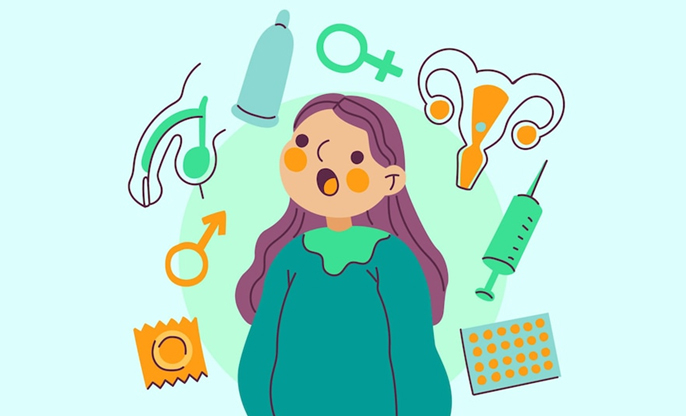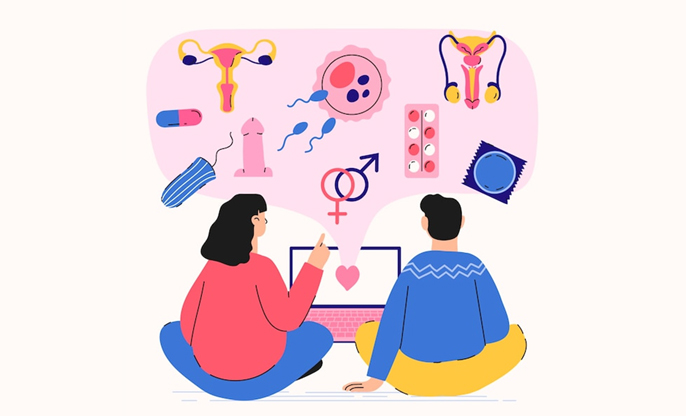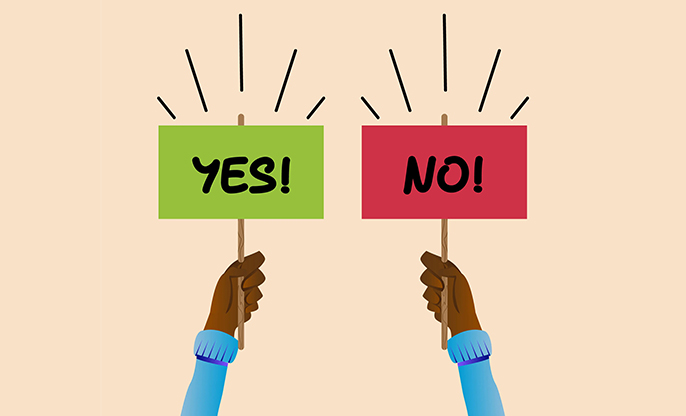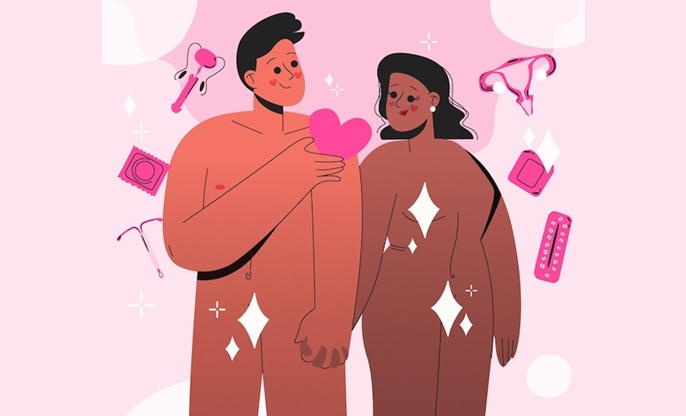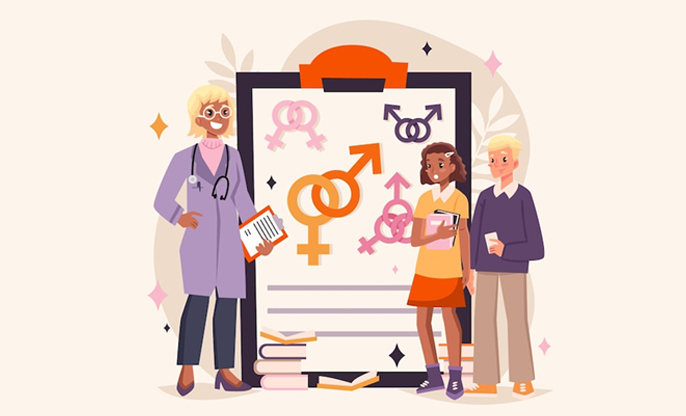
A Crucial Aspect of Sexual and Menstrual Health Education
Sexual orientation and gender identity are core to who we
are, shaping our experiences, health needs, and interactions within the
healthcare system. In the sphere of sexual and menstrual health education, it’s
vital that these aspects are acknowledged and respected to ensure everyone
receives accurate information, proper care, and respectful treatment.
Exploring Sexual
Orientation
Sexual orientation defines who we are attracted to, whether emotionally, romantically, or sexually. This includes being heterosexual (attracted to the opposite sex), homosexual (attracted to the same sex, commonly known as gay or lesbian), bisexual (attracted to both sexes), and asexual (having little or no sexual attraction to others). Recognizing different sexual orientations allows health educators and providers to offer tailored sexual health information and services. For instance, lesbian and bisexual women face distinct sexual health risks compared to heterosexual women, and thus need specific advice and interventions.
Understanding
Gender Identity
Gender identity is our personal understanding of our own gender, which might not match the sex we were assigned at birth. It includes a range of identities beyond male and female, such as non-binary or genderqueer. How we express our gender - through our clothes, behavior, and appearance - can vary widely and might not fit traditional gender roles.
Gender Identity
and Menstrual Health
Menstrual health can be particularly challenging for transgender men and non-binary individuals assigned female at birth. For some, menstruation may trigger gender dysphoria, making it essential for menstrual health education to be sensitive and inclusive. This education should offer safe and effective menstrual management strategies that respect diverse gender identities.
Integrating with
Sexual Health Education
Sexual and menstrual health education must be inclusive, ensuring everyone, no matter their sexual orientation or gender identity, receives relevant and respectful education. This inclusiveness helps all individuals make informed decisions about their sexual and reproductive health, which is crucial for their well-being.
Challenges and
Benefits
One major challenge is overcoming the societal stigma and misinformation about various sexual orientations and non-traditional gender identities. Educators need proper training and sensitivity to effectively address these subjects. By embracing inclusivity, we not only improve health outcomes but also contribute to a more accepting and supportive society, breaking down stereotypes and combating prejudices.
Sexual orientation and gender identity deeply influence our health and wellness journeys. By weaving these elements into health education, we ensure comprehensive care that respects and celebrates every individual’s identity. This approach doesn't just benefit individuals - it enriches our collective understanding and appreciation of human health.
